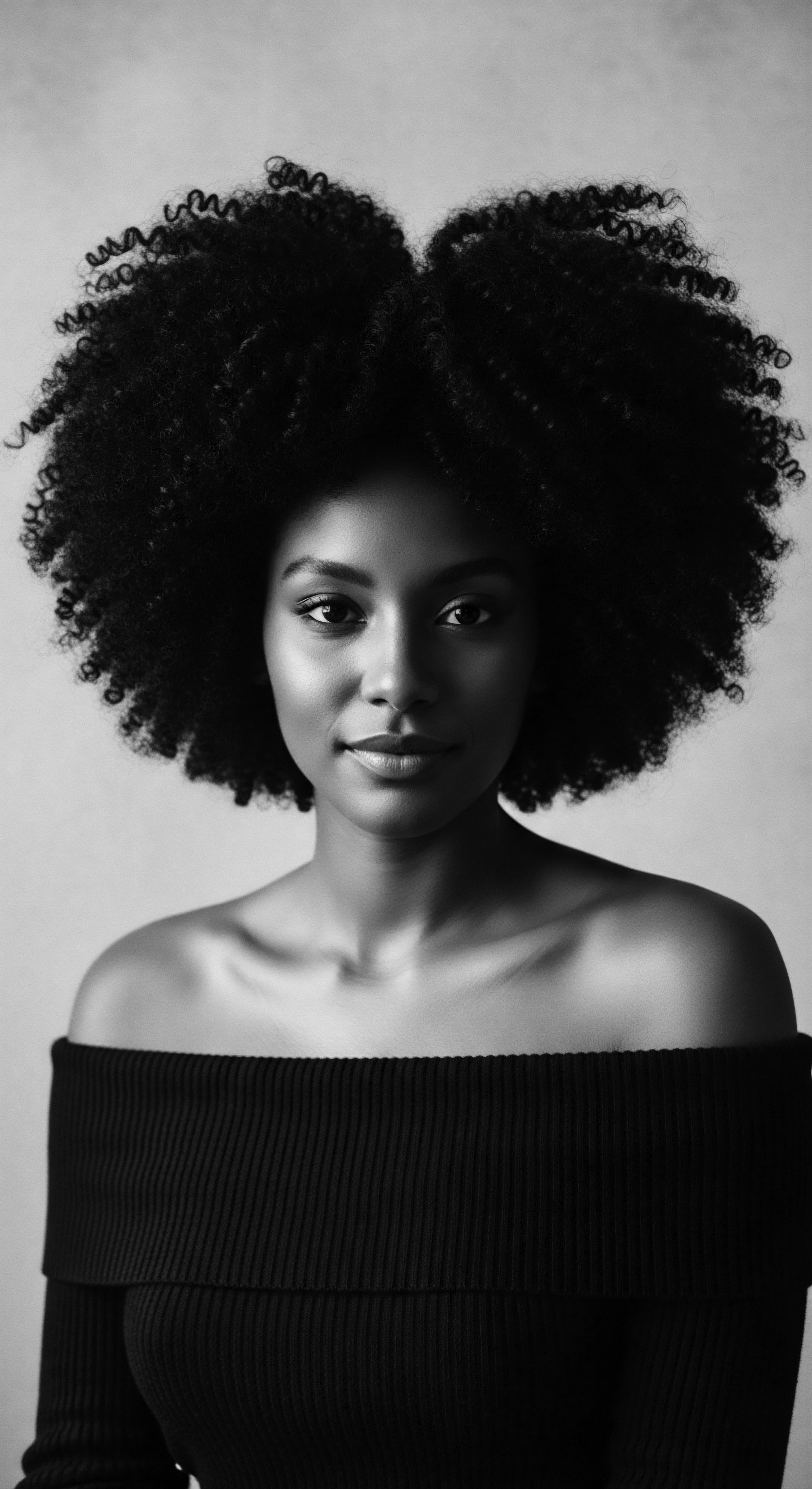
Fundamentals
Within Roothea’s ‘living library,’ the Hair Relaxers stands as a complex subject, far more than a mere cosmetic application. At its most elemental, a hair relaxer is a chemical formulation designed to alter the inherent curl pattern of textured hair, transforming its coiled structure into a straighter, smoother form. This alteration occurs at a molecular level, a deliberate restructuring of the hair shaft. For those newly encountering this term, its basic designation points to a process involving potent chemical agents that work upon the hair’s internal bonds.
The core operation of these products involves breaking the disulfide bonds within the hair’s protein structure, primarily keratin. These bonds are responsible for the natural resilience and curl of textured strands. Once these bonds are sufficiently weakened, the hair can be physically manipulated into a straighter configuration.
A subsequent neutralizing step then re-forms new bonds in this altered shape, effectively locking the straightened state into place. This process represents a significant chemical intervention, distinct from temporary straightening methods that rely solely on heat or styling tools.
Hair relaxers chemically reconfigure the natural curl pattern of textured hair, offering a pathway to altered hair forms.
The earliest iterations of hair relaxers, though perhaps not recognized by the modern term, hint at a long-standing human inclination to modify hair texture. Across diverse ancestral traditions, individuals have sought ways to manage, soften, or elongate their hair, often employing natural ingredients and physical tension. These ancient practices, whether involving clays, plant extracts, or sustained braiding techniques, offer a historical backdrop to the chemical processes we now associate with the term Hair Relaxers. The fundamental meaning of hair relaxers, therefore, extends beyond its chemical definition, touching upon a deep human desire for aesthetic expression and control over one’s appearance.
Understanding the Hair Relaxers from a foundational perspective requires an acknowledgment of its chemical action alongside an awareness of the cultural motivations that have long surrounded hair manipulation. It is a process that fundamentally changes the hair’s inherent structure, yielding a lasting alteration in its appearance and tactile qualities.
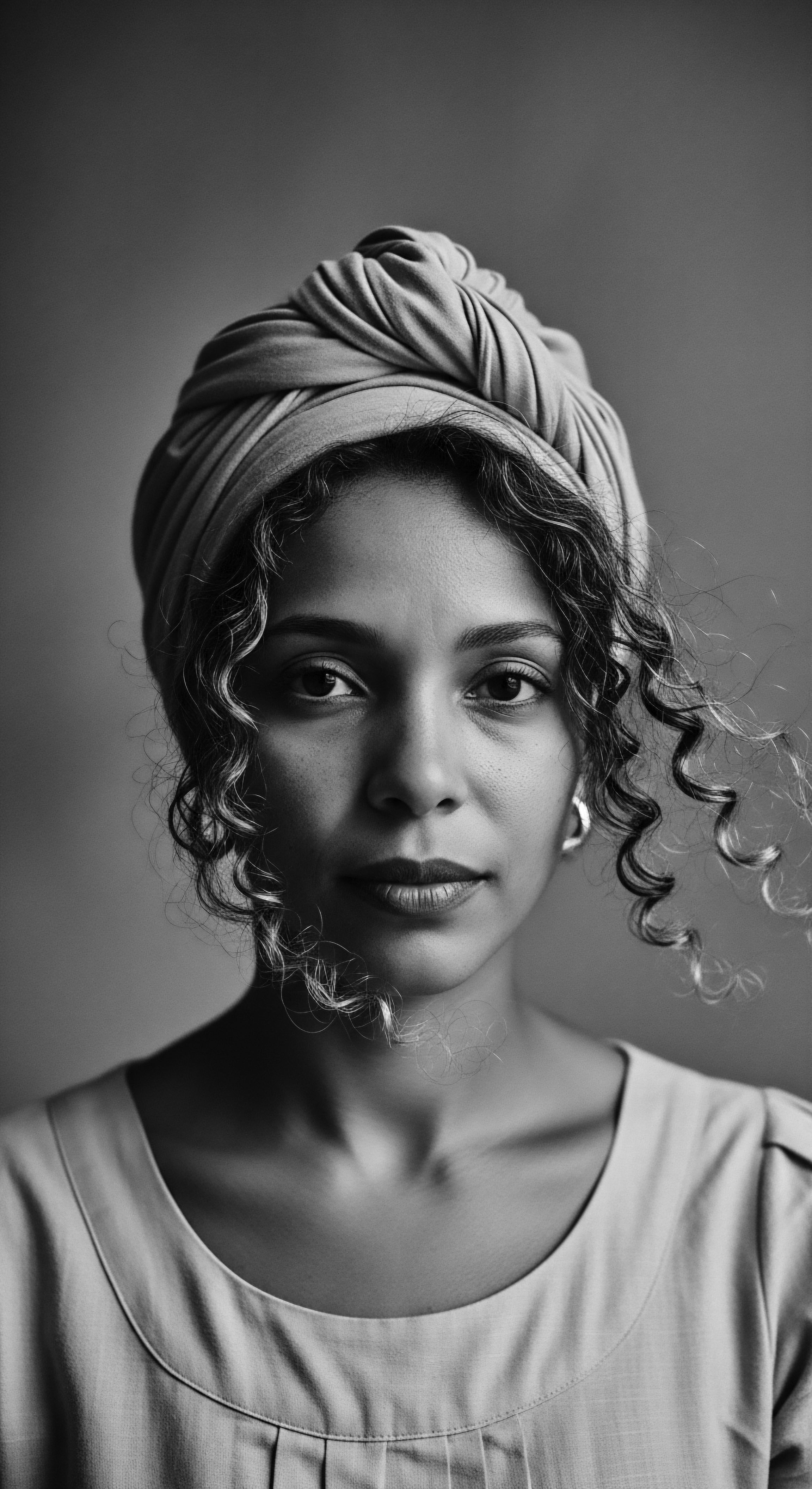
Intermediate
Expanding upon the fundamental explanation, the Hair Relaxers signifies a chemical process with profound implications for the hair’s structural integrity and the individual’s lived experience. The chemical composition of relaxers typically falls into two main categories ❉ lye (sodium hydroxide) and no-lye (often calcium hydroxide or guanidine hydroxide). Lye relaxers are known for their rapid action and strong straightening capability, while no-lye relaxers are generally considered milder, though they can still cause scalp irritation and dryness due to calcium buildup. The choice between these formulations often hinges on the desired degree of straightness, the hair’s porosity, and scalp sensitivity, all considerations deeply tied to the specific heritage of textured hair and its varied responses.
The application of a relaxer is a precise chemical procedure, requiring careful attention to timing and technique to prevent over-processing, which can lead to severe damage. Over-processing compromises the hair’s protein matrix, rendering it brittle, porous, and prone to breakage. This delicate balance between desired effect and potential harm underscores the importance of skilled application and a thorough comprehension of the hair’s condition. For many, the journey with relaxers has been one of balancing aesthetic desires with the preservation of hair health, a testament to the enduring quest for beauty within the context of inherited hair characteristics.
The application of relaxers, whether lye or no-lye, represents a careful chemical procedure balancing desired texture with the imperative of hair health.
The historical context of relaxers, particularly within Black and mixed-race communities, provides a rich layer to its intermediate meaning. The advent of chemical relaxers in the early 20th century offered a novel means of achieving straightened hair, a style often associated with Eurocentric beauty ideals that permeated society. Garrett Morgan, an African American inventor, received a patent in 1910 for a chemical solution that could straighten hair, initially observing its softening effect on sewing machine needles before adapting it for human hair.
This invention, while groundbreaking, also ushered in a complex relationship with hair texture, as straightened styles became intertwined with notions of professionalism, respectability, and social acceptance (Morgan, 1910). This historical example underscores how scientific innovations, even those with practical origins, become deeply embedded in cultural narratives and personal identity.
The widespread adoption of relaxers across generations in the diaspora illustrates a collective experience of navigating societal pressures while maintaining a sense of self. The choice to relax hair often represented a strategic adaptation, a way to conform to prevailing beauty standards in workplaces or public spaces, rather than a rejection of one’s natural texture. This dual reality—the chemical process and its social meaning—forms the deeper understanding of what the Hair Relaxers signifies for countless individuals.
The implications of relaxer use extend to hair care regimens, which historically involved specific methods to maintain the straightened style and address potential damage. This often included rigorous conditioning treatments, protective styling, and meticulous attention to new growth, revealing a commitment to care that speaks to the value placed on hair. The continued maintenance of relaxed hair thus became a living tradition, passed down through families, reflecting shared knowledge and communal support in managing this particular hair journey.
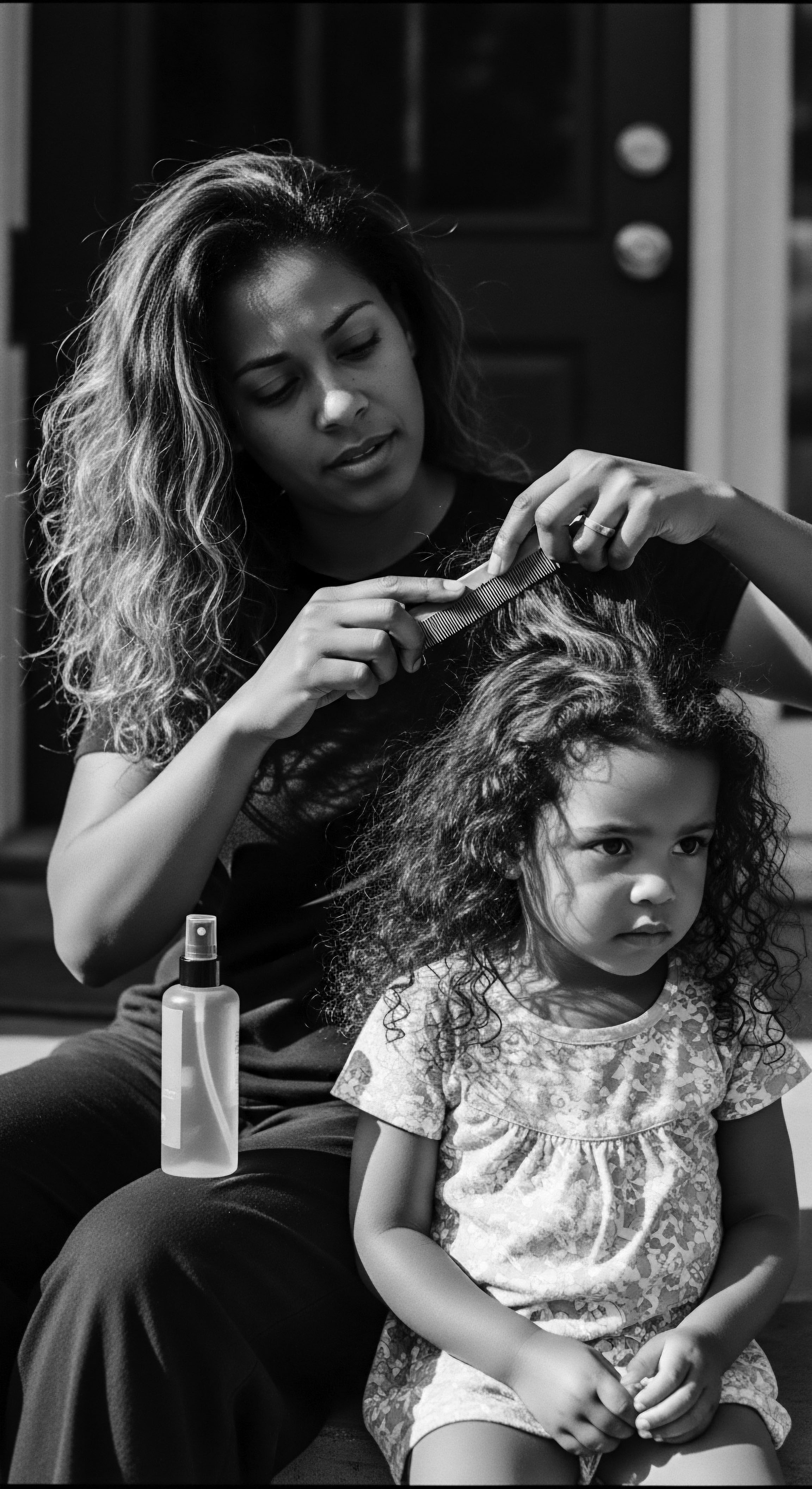
Academic
The academic designation of Hair Relaxers extends beyond its chemical definition, delving into its profound sociological, psychological, and biological implications, particularly within the textured hair heritage. From a scientific standpoint, a hair relaxer is understood as a highly alkaline chemical agent, typically with a pH ranging from 10 to 14, designed to disrupt the hair’s primary protein structure. This disruption primarily targets the Disulfide Bonds (–S–S–) that stabilize the keratin chains within the hair cortex. These bonds are responsible for the hair’s inherent strength, elasticity, and natural curl configuration.
The chemical process, known as Reduction and Reformation, involves the alkaline solution breaking these bonds, followed by the physical manipulation of the hair into a straighter form, and then the re-establishment of new, straightened disulfide bonds through neutralization. This precise biochemical intervention fundamentally alters the hair’s morphological characteristics, leading to a permanent change in its curl pattern.
From an academic perspective, the historical adoption and continued prevalence of hair relaxers within Black and mixed-race communities serve as a compelling case study in the intersection of beauty practices, racial identity, and socio-economic pressures. The decision to chemically straighten hair, for many, was not merely a stylistic preference but a complex negotiation of identity within a society that historically marginalized natural textured hair. Research indicates that throughout the 20th century, particularly from the 1950s to the 1990s, the use of chemical relaxers among African American women was exceptionally high, often exceeding 70% in certain demographics (Hall, 2007).
This widespread adoption points to a broader societal context where straightened hair was frequently perceived as a prerequisite for professional advancement, social acceptance, and even personal safety in predominantly white spaces. The significance of relaxers, therefore, transcends chemical action, embodying a complex socio-cultural tool for navigating racialized beauty standards.
The widespread adoption of hair relaxers among Black women during the 20th century highlights the intricate interplay between beauty practices, racial identity, and societal pressures.
Moreover, academic discourse examines the long-term health consequences associated with chronic relaxer use. Studies have explored potential links between relaxer chemicals and various health concerns, including scalp irritation, chemical burns, and, in some research, more systemic issues. The highly alkaline nature of relaxers can compromise the scalp’s natural barrier function, leading to inflammation and increased susceptibility to other dermatological conditions. The frequent application of these potent chemicals over decades has prompted scientific inquiry into their cumulative effects on both hair and general health, underscoring the need for a comprehensive understanding that extends beyond immediate cosmetic results.
The psychological impact of relaxer use also constitutes a significant area of academic inquiry. For many, the relaxed hair journey was deeply intertwined with self-perception and racial identity. The pressure to conform to straightened hair ideals could, for some, contribute to feelings of inadequacy concerning their natural hair texture, perpetuating a cycle of seeking external validation. Conversely, for others, relaxed hair offered a sense of freedom and versatility, enabling them to navigate diverse social settings with greater ease.
This duality of experience—the liberation felt by some and the burden carried by others—reveals the complex psychological landscape shaped by hair practices. Academic analysis of these experiences often draws from critical race theory, feminist theory, and postcolonial studies, providing a framework for understanding how beauty standards are constructed and internalized within marginalized communities.
The evolving meaning of Hair Relaxers within the textured hair heritage is also reflected in the contemporary natural hair movement. This movement, gaining considerable momentum in the 21st century, encourages the rejection of chemical alterations in favor of embracing and celebrating natural curl patterns. This shift represents a significant cultural and psychological reclamation of ancestral hair forms, challenging historical beauty norms and redefining standards of attractiveness.
The academic examination of this movement considers its role in promoting self-acceptance, cultural pride, and collective empowerment. It highlights a conscious departure from the historical reliance on relaxers, signaling a profound re-evaluation of what constitutes beauty and health for textured hair.
In an academic context, therefore, the Hair Relaxers is not merely a product but a multifaceted phenomenon. Its elucidation requires an interdisciplinary approach, drawing from chemistry to explain its mechanism, sociology to interpret its societal adoption, psychology to gauge its impact on identity, and history to trace its trajectory within cultural landscapes. The significance of this chemical process is thus understood through its interwoven biological, social, and psychological dimensions, particularly as they relate to the rich and complex heritage of textured hair.
To further illustrate the technical aspects and historical evolution of relaxers, consider the following breakdown of common types and their chemical actions:
| Relaxer Type Lye Relaxers (Sodium Hydroxide) |
| Primary Chemical Agent Sodium Hydroxide (NaOH) |
| Chemical Action on Hair Hydrolyzes disulfide bonds directly, leading to permanent straightening. No neutralization required, but rinsing is critical. |
| Historical/Cultural Significance Early dominant form, offering strong straightening; associated with societal pressure for "straight" hair and often caused scalp irritation. |
| Relaxer Type No-Lye Relaxers (Calcium Hydroxide/Guanidine Carbonate) |
| Primary Chemical Agent Calcium Hydroxide (Ca(OH)₂) & Guanidine Carbonate |
| Chemical Action on Hair A two-component system where calcium hydroxide reacts with guanidine carbonate to form guanidine hydroxide, which then breaks disulfide bonds. Requires neutralization. |
| Historical/Cultural Significance Introduced as a "milder" alternative, perceived as safer, though still highly alkaline. Widely adopted for home use, continuing the tradition of hair alteration. |
| Relaxer Type Thio Relaxers (Ammonium Thioglycolate) |
| Primary Chemical Agent Ammonium Thioglycolate |
| Chemical Action on Hair Breaks disulfide bonds through a reduction reaction. Requires oxidation (neutralization) to re-form bonds in the new shape. |
| Historical/Cultural Significance More common in perms and texturizers; offers looser curl patterns than lye/no-lye relaxers. Represents a continuum of texture modification options. |
| Relaxer Type This table highlights how chemical innovations in hair relaxers have mirrored and influenced the cultural landscape of textured hair, each type carrying its own set of considerations for care and identity. |
The continuous scholarly examination of hair relaxers, from their molecular mechanism to their socio-historical context, remains a vital area of study. It provides insights into the enduring influence of beauty standards, the resilience of cultural practices, and the evolving relationship individuals have with their inherited hair textures. The complex interplay of science, culture, and personal agency makes the Hair Relaxers a compelling subject for academic scrutiny.
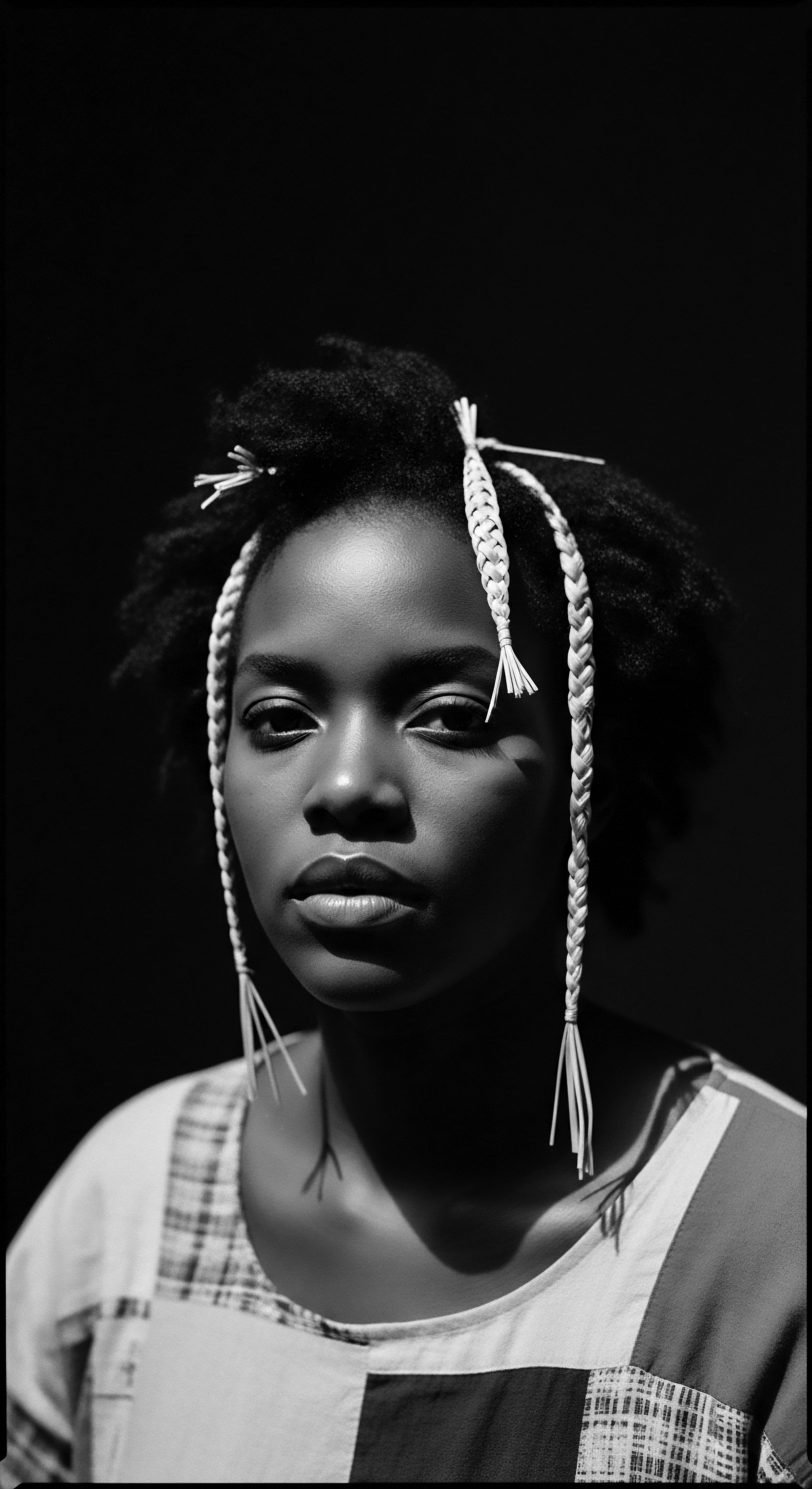
Reflection on the Heritage of Hair Relaxers
The journey through the chemical definition, societal adoption, and academic interpretation of the Hair Relaxers ultimately leads us to a deeper meditation on the ‘Soul of a Strand’ ethos. Hair, particularly textured hair, carries within its very helix a lineage of stories, struggles, and triumphs. The relaxer, in this grand narrative, stands as a complex chapter—a tool that at once offered pathways to perceived conformity and, for some, a departure from the ancestral celebration of natural coils. It is a reminder that beauty practices are never truly separate from the larger currents of history, identity, and community.
For generations, the decision to relax hair was often intertwined with aspirations for social mobility, a quiet act of navigating a world that often demanded a certain aesthetic. This choice, however, was not without its costs, both to the physical integrity of the hair and to the psyche, as it sometimes fostered a disconnection from the inherent beauty of one’s natural texture. Yet, within this narrative, there also lies the enduring spirit of adaptability and resilience, as individuals found ways to care for and adorn their altered strands, creating new rituals of maintenance and expression.
As we reflect upon the legacy of hair relaxers, we recognize the wisdom held within ancestral practices—the understanding that hair is not merely adornment but a conduit for energy, a symbol of identity, and a repository of family history. The contemporary movement towards embracing natural hair textures is not simply a trend; it is a profound homecoming, a conscious re-engagement with the very heritage that relaxers, for a time, seemed to obscure. It is a re-declaration that every coil, every kink, every wave holds its own inherent beauty and its own unique story. The significance of the Hair Relaxers, therefore, is not fixed; it continues to evolve, reflecting the ongoing dialogue between our past, our present choices, and the unbound future of textured hair.
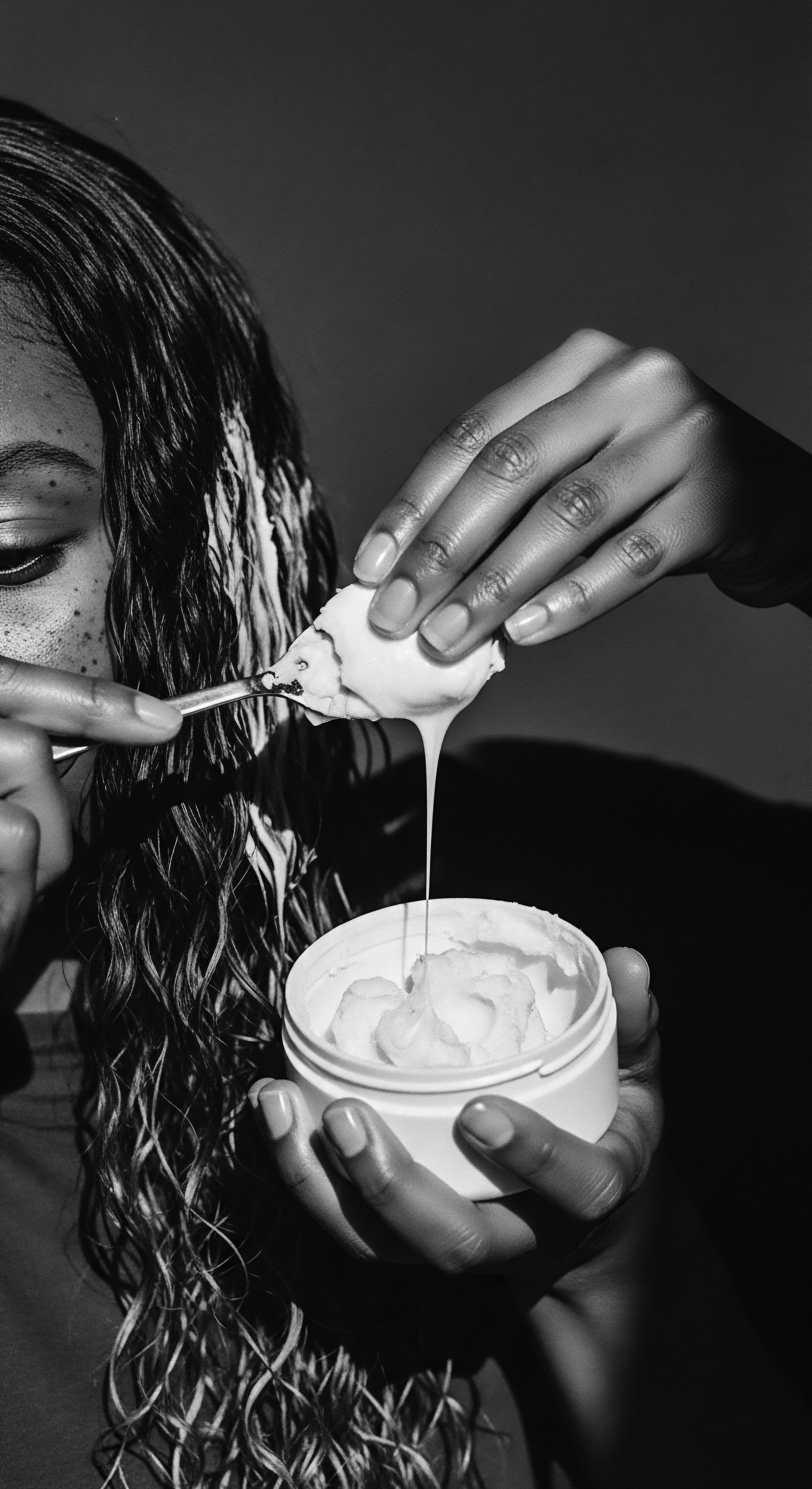
References
- Hall, R. E. (2007). The socio-cultural significance of hair in African American women. Edwin Mellen Press.
- Morgan, G. A. (1910). Hair straightening chemical. U.S. Patent No. 980,183.
- Byrd, A. D. & Tharps, L. D. (2014). Hair story ❉ Untangling the roots of Black hair in America. St. Martin’s Press.
- Banks, I. (2000). Hair matters ❉ Beauty, power, and Black women’s consciousness. New York University Press.
- Mercer, K. (1994). Welcome to the jungle ❉ New positions in cultural studies. Routledge.
- Patton, T. O. (2006). Pushing up the daisies ❉ The cultural politics of black women’s hair. University of Illinois Press.
- Thompson, R. (2009). Black women, beauty, and hair ❉ A critical analysis. Palgrave Macmillan.
